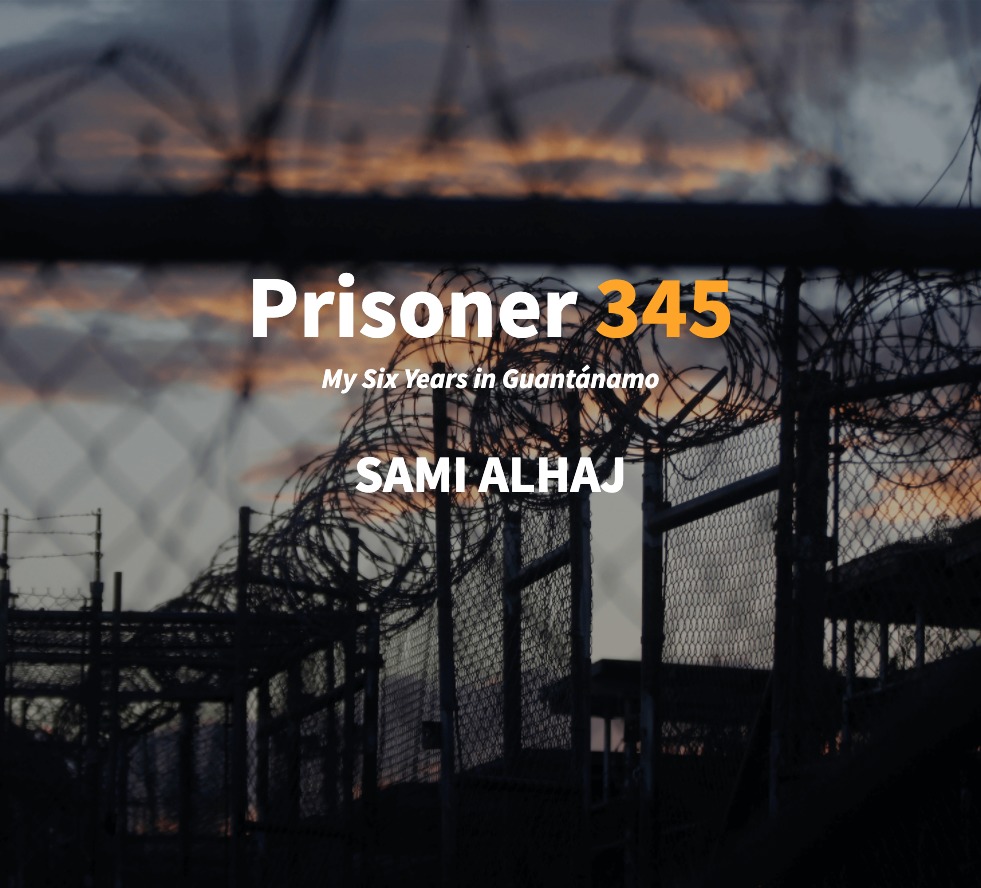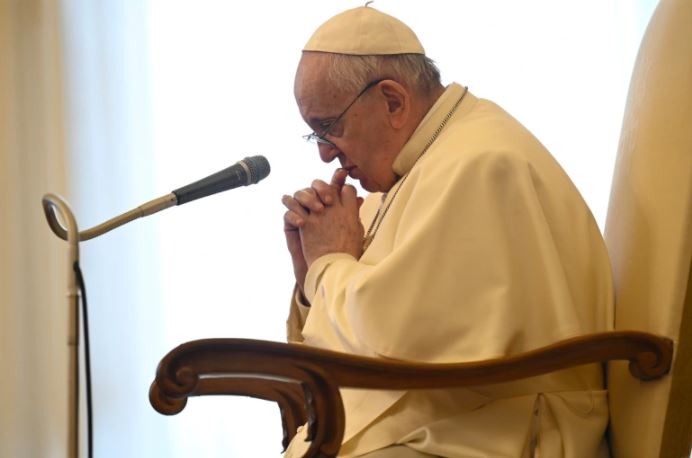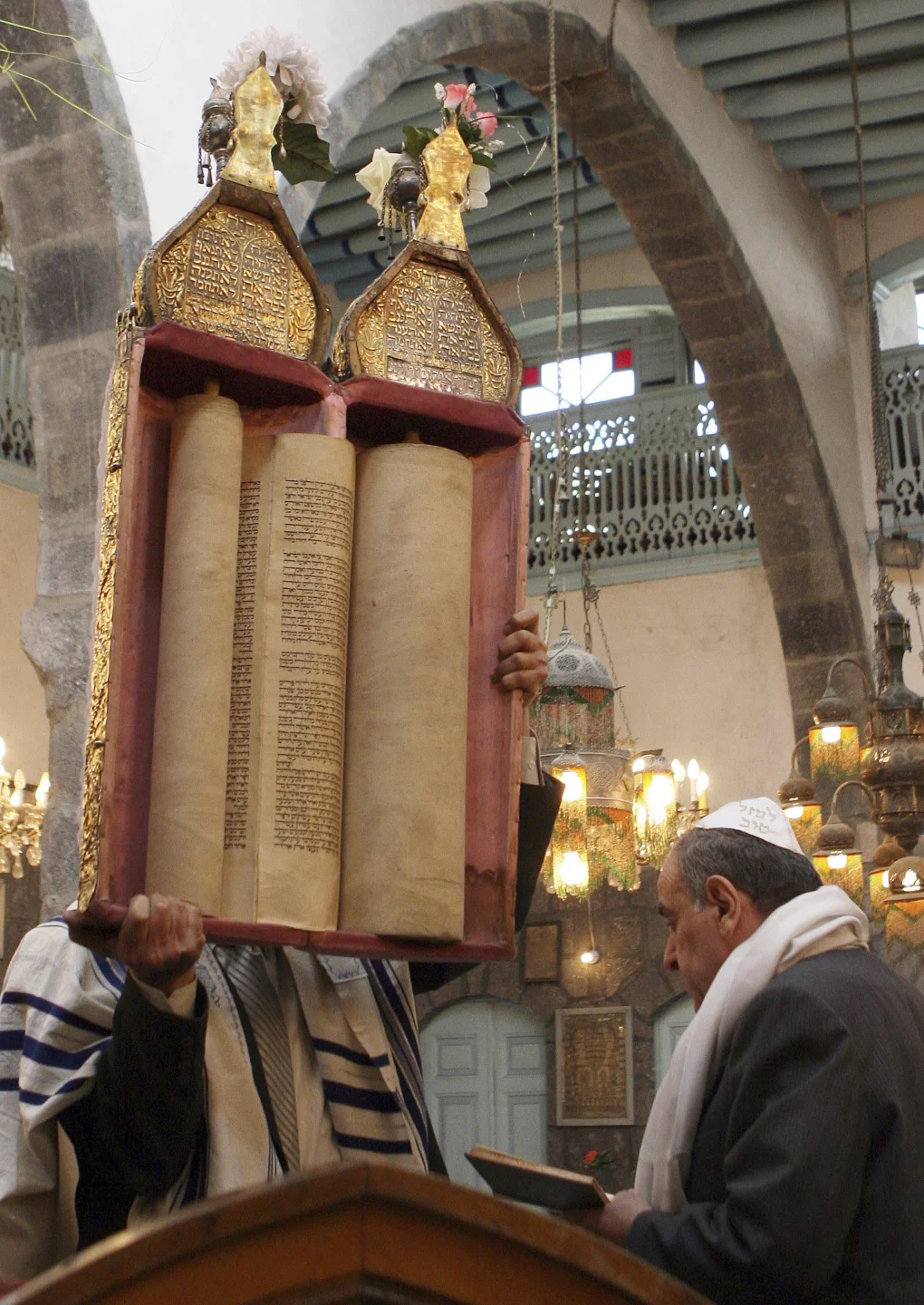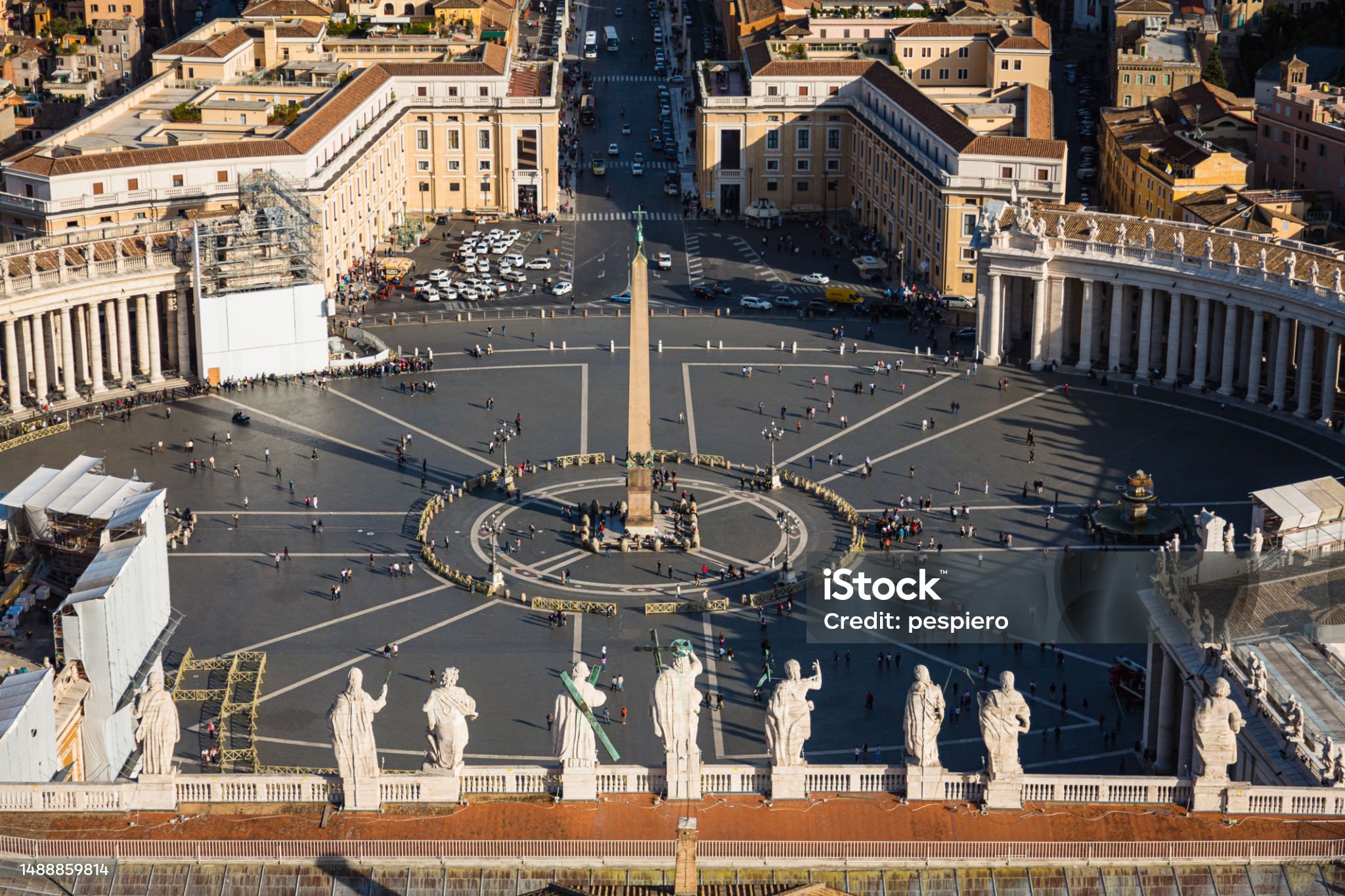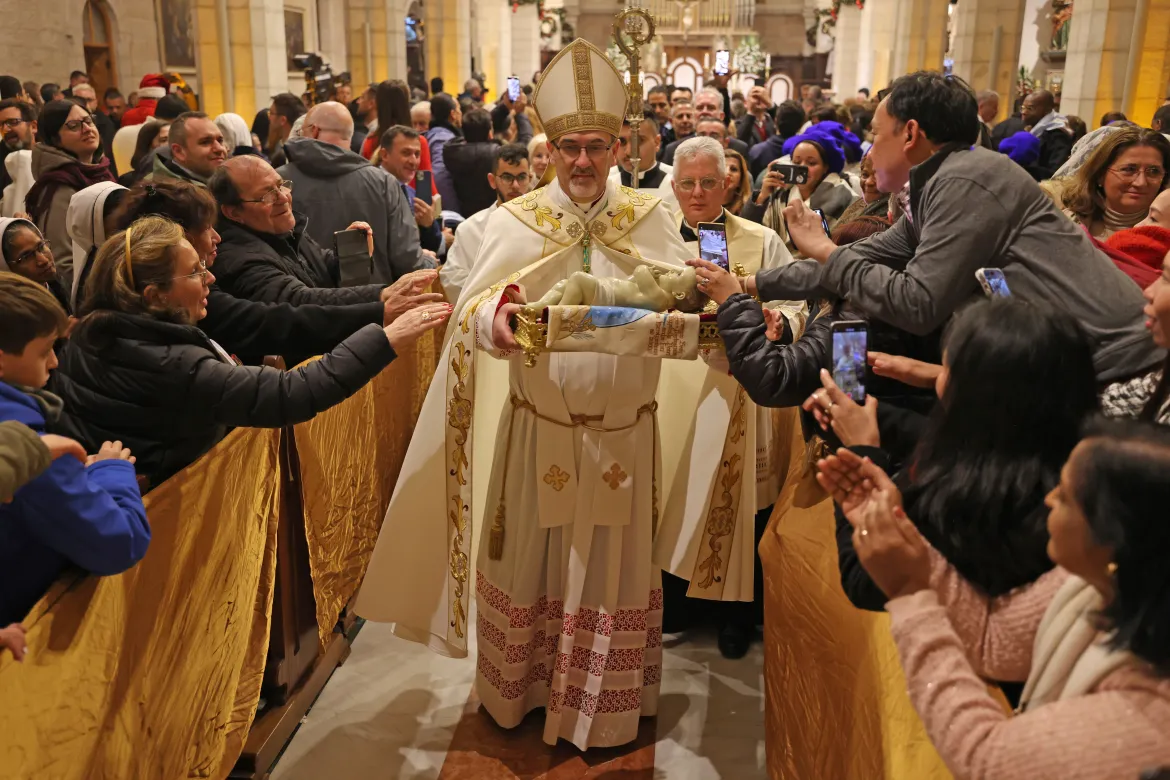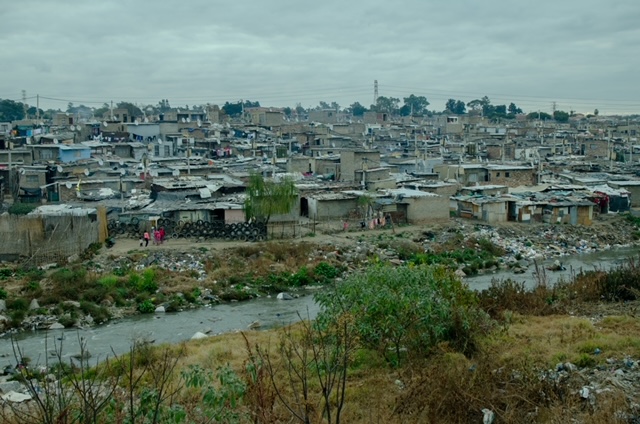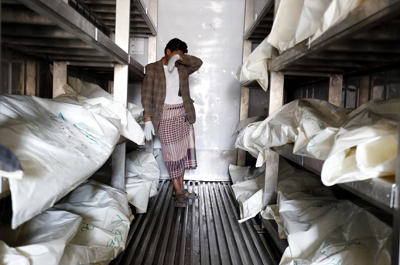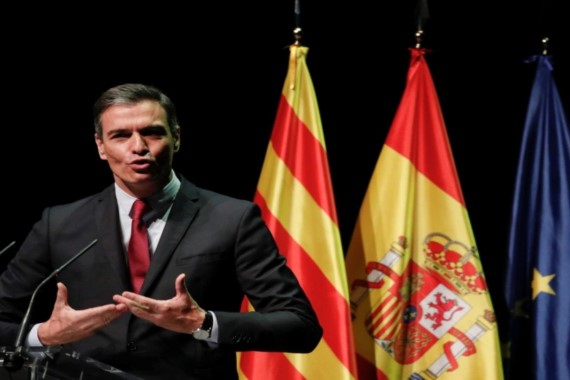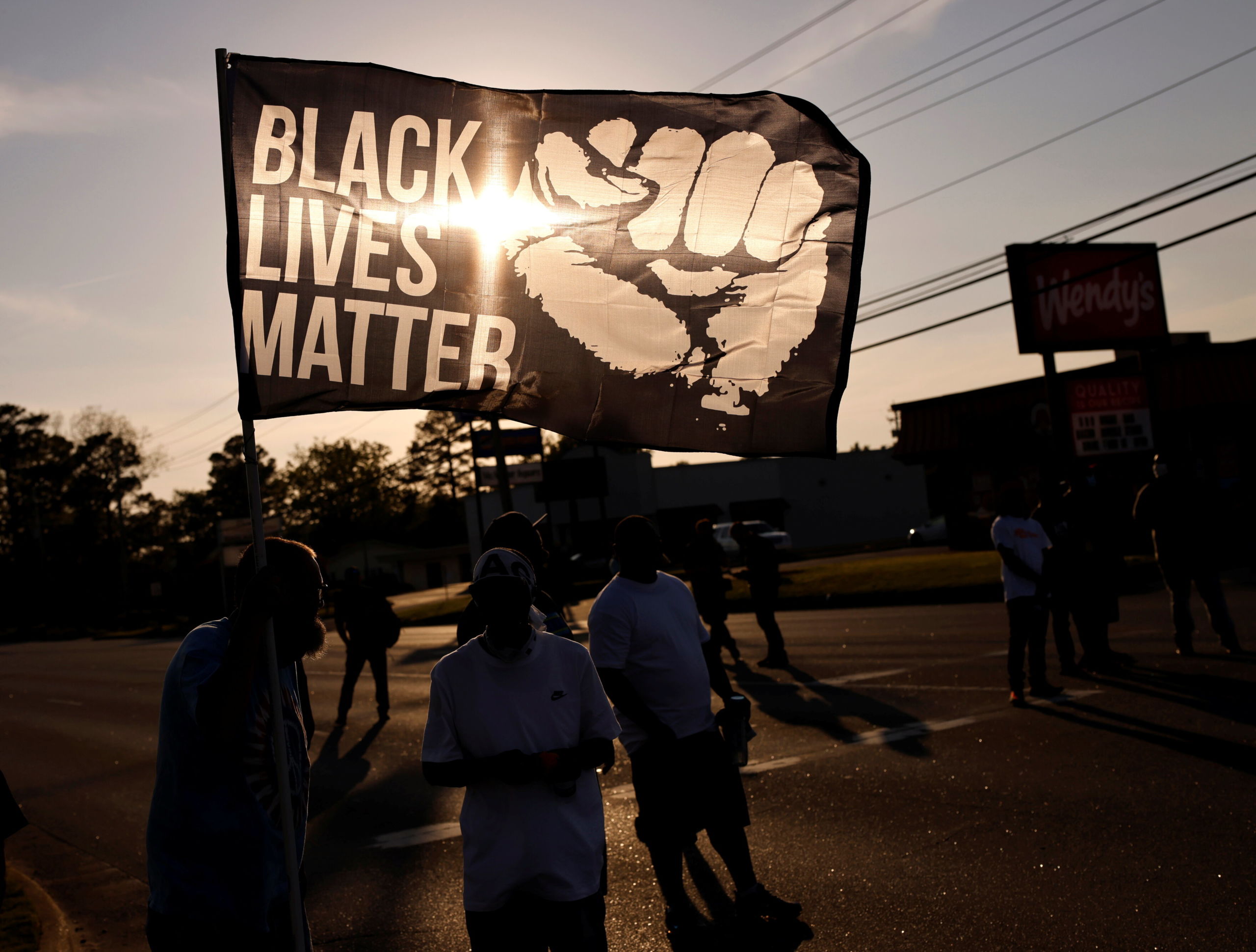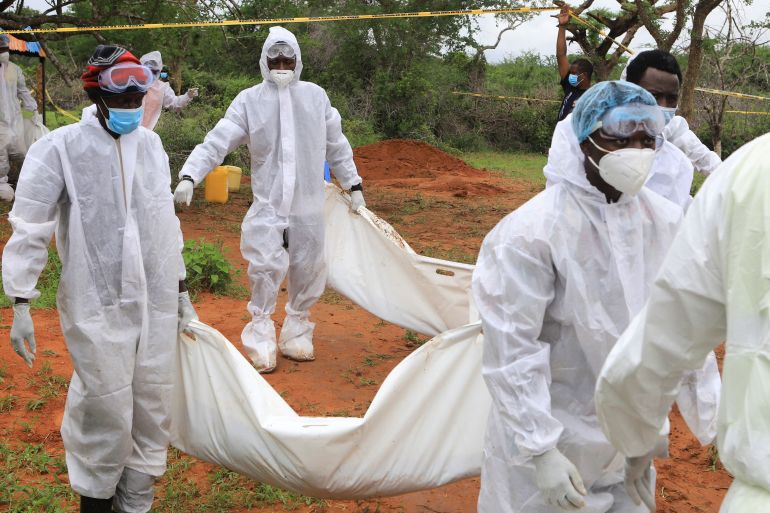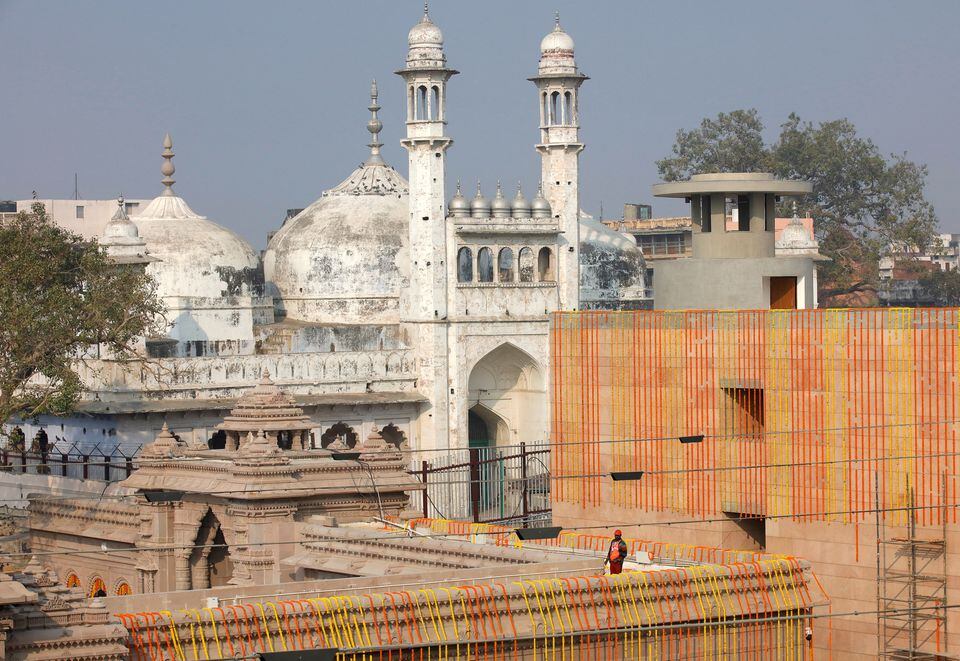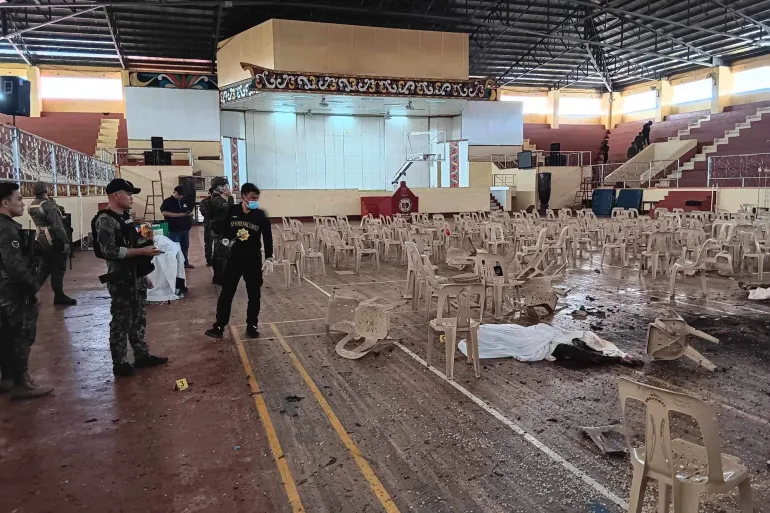Brazil’s Religious Landscape
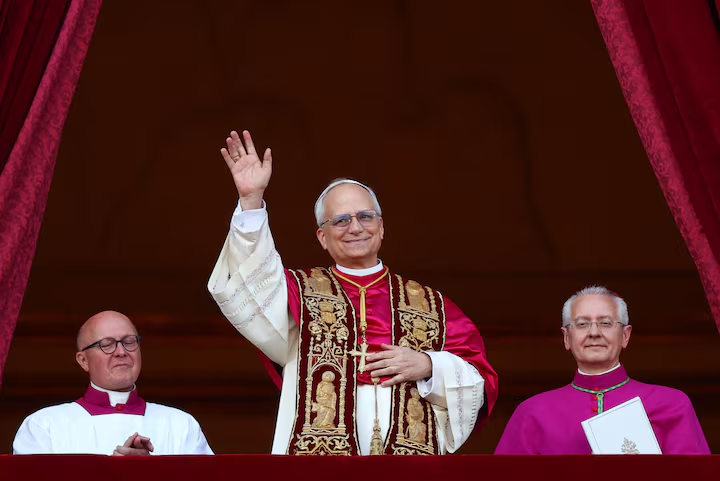
Cardinal Robert Prevost was elected in a surprise choice to be the new leader of the Catholic Church, taking the name Leo XIV, becoming the first U.S. pontiff.
With 182 million baptized Catholics, Brazil remains the world’s largest Catholic nation. The election of a Pope who is familiar with Latin America and committed to continuing Pope Francis’s inclusive legacy is viewed as a positive development. This comes at a time when the Catholic Church is embroiled in a battle for the hearts and minds of Brazilians.
Catholic affiliation in Brazil has been steadily declining, dropping from 65% in the 2010 census to just 49% today. Meanwhile, Evangelical Christians have seen remarkable growth, now comprising 26% of the population. Adding to this shift is the rise of a third group: Brazilians with no religious affiliation. Once a marginal minority, this group now makes up 14% of the population, with figures as high as 30% to 34% among young people aged 16 to 24 in major urban centres like São Paulo and Rio de Janeiro.
One factor behind this shift, according to theologian Alexandre Varela, is the Catholic Church’s ongoing struggle to train new priests in Brazil’s marginalized regions. This void has allowed evangelical churches to expand their influence, with these groups now wielding significant power in the country’s Congress. If trends continue, Evangelicalism may well become the dominant faith by the end of the decade.
Agencies.
- Most Viewed
- Most Popular
